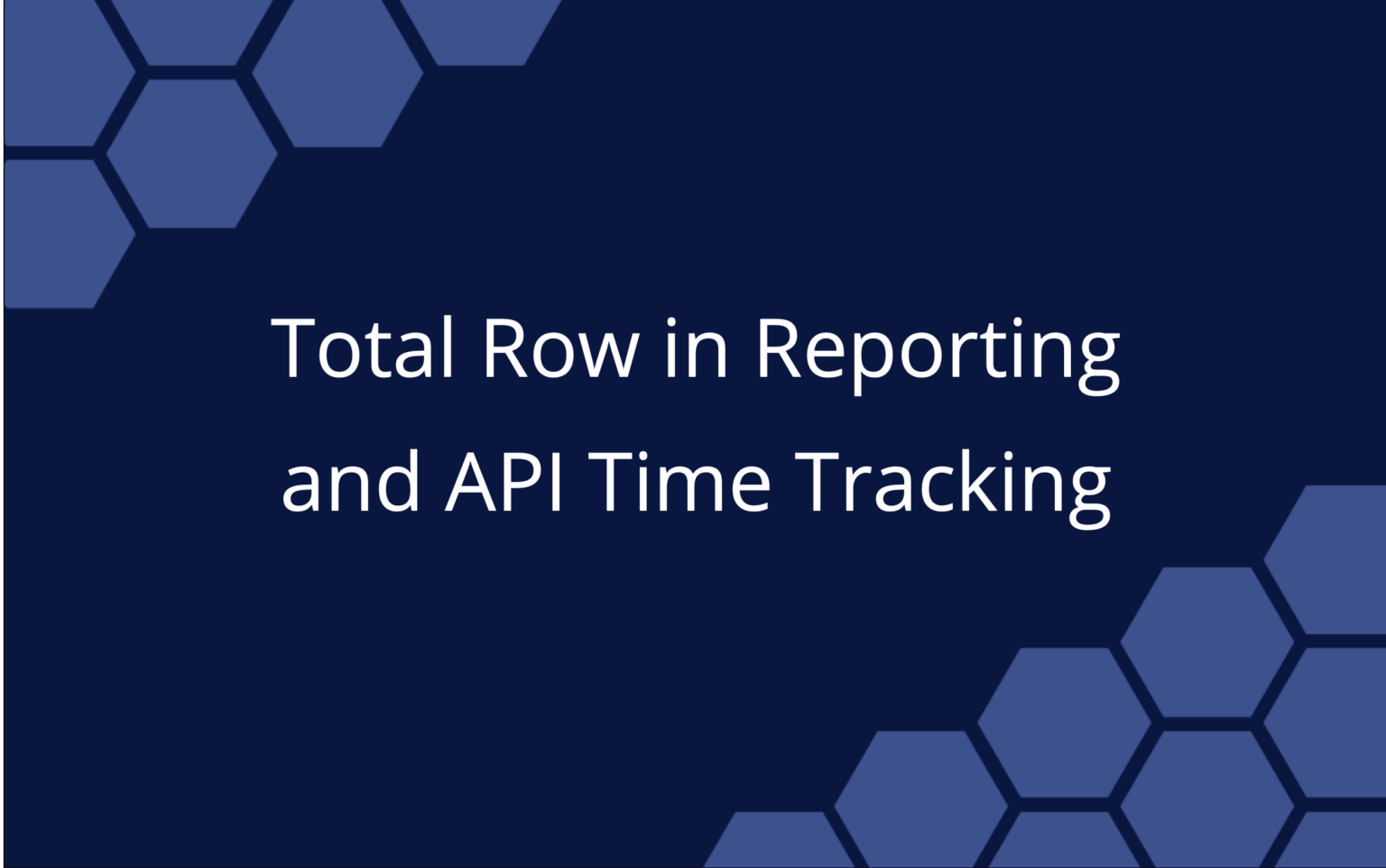Project management software does so much more than organize work and schedule projects. It’s also a vital foundation for running a successful business, scaling growth, motivating teams to do their best work and delivering industry-leading projects to satisfied customers.
But for many organizations, the idea of a functional project management tool remains a fantasy. And for way too long, most organizations and their teams just deal with their complicated PM platforms. Despite the fact that an increasing number of adaptable, responsive work management tools are gaining market share.
Still, change doesn’t come easily—and the transition process of going from here to there can be overwhelming. But if you can see the value of what you’re moving toward, alongside what you’re moving away from, it becomes easier to rally. The necessity of changing your way of doing business becomes more urgent as projects continue to derail, come in late, over budget and go to market behind the competition.
You don’t have to carry the painful legacy of running projects with difficult tools and ineffective processes anymore. There are beautiful solutions out there! Here are five defining business problems that a Dynamic Project Management system will help put in your rear-view mirror.
1. Trouble managing stakeholder expectations
When you can’t surface competing priorities, resource availability and scope changes, stakeholders are going to set down their own deadlines and demands—and then lose trust in your team when the project doesn’t turn out as planned.
2. Lack of visibility
When project leads don’t have access to a live schedule, time is wasted corralling updates from team members; and, there’s no way to see incoming risks that let you plan ahead, and alert stakeholders before disaster strikes.
3. Missed deadlines
When projects are tied to single-point deadlines or ones that are mandated by an executive with no idea how much work is involved, success is a pipedream. And, when the scheduling software doesn’t show how resources are allocated, people get overworked even while blowing past proposed finish dates.
4. No single source of truth
When project teams don’t have a central location for project work, documents go missing, conversations get lost and hours are spent on work that was last week’s top priority.
5. Not adapting to change
When you don’t have a schedule that updates in real time, there’s no way to quickly assess the impact of all the constant changes occurring and alert stakeholders before it’s too late.
How many of these five project challenges do you wrestle with on projects? If you can check off at least two of these, your team is at risk of working harder to make less progress—the swimming against the current problem. It could be time to rethink your process, your tools and start moving in a new direction. The good news—there are better options out there for you!
Could your team benefit from using a Dynamic Project Management system? We can help you find out.
 Say hello to the new Tempo! LiquidPlanner is now Portfolio Manager.
Say hello to the new Tempo! LiquidPlanner is now Portfolio Manager. 






